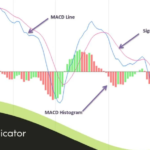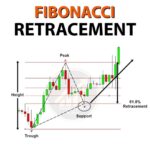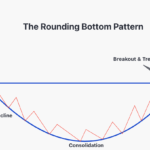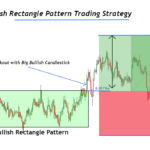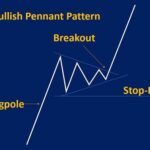Order Execution Strategies
What Are Order Execution Strategies?
Order execution strategies are techniques used to ensure that trades are completed in the most efficient and cost-effective manner possible. These strategies are designed to optimize the execution of buy and sell orders based on various factors such as market conditions, trade size, and desired price. The primary goals of execution strategies are to achieve the best possible price, minimize market impact, and reduce transaction costs. Traders and investors employ different strategies depending on their objectives, trading style, and the specific characteristics of the assets being traded.
Common Order Execution Strategies
- Market Orders: These orders execute immediately at the best available price. Market orders are ideal for situations where speed is crucial, and price certainty is less important. However, they may result in slippage, where the execution price differs from the expected price due to market fluctuations.
- Limit Orders: A limit order specifies the maximum or minimum price at which an order should be executed. This strategy ensures that the trade will only be executed at the desired price or better. While it provides price control, it does not guarantee execution, especially in fast-moving or illiquid markets.
- Stop Orders: Stop orders become active only when a specified trigger price is reached. A stop-loss order is designed to limit losses by selling a security when its price falls below a certain level. Conversely, a stop-buy order can be used to enter a position when a stock’s price rises above a specified level.
- Algorithmic Orders: Algorithmic trading involves using computer algorithms to execute trades based on predefined criteria. Common algorithms include the Volume-Weighted Average Price (VWAP) strategy, which aims to match or beat the average price weighted by volume, and the Time-Weighted Average Price (TWAP) strategy, which spreads trades evenly over a specified time period. Algorithms are particularly useful for large orders or in high-frequency trading environments.
When to Use Order Execution Strategies
The choice of execution strategy depends on several factors, including the trader’s objectives, the size of the trade, market liquidity, and volatility. For instance, market orders are suitable for liquid markets where immediate execution is more important than the exact price. Limit orders are beneficial when precise entry or exit points are critical, and traders can tolerate potential delays in execution. Stop orders are valuable for managing risk and protecting gains, while algorithmic orders are ideal for executing large trades with minimal market impact.
In volatile or fast-moving markets, order execution strategies help manage price fluctuations and avoid significant slippage. For institutional investors managing large volumes of trades, algorithms can efficiently handle complex execution scenarios and reduce the overall impact on market prices.
Pros and Cons of Different Strategies
Market Orders:
- Pros: Quick execution, suitable for highly liquid markets.
- Cons: Potential for slippage, price uncertainty.
Limit Orders:
- Pros: Price control, no slippage if order is filled.
- Cons: No guarantee of execution, especially in volatile markets.
Stop Orders:
- Pros: Automated risk management, protection against significant losses.
- Cons: May trigger during short-term price fluctuations, execution price may differ from stop price.
Algorithmic Orders:
- Pros: Optimized execution, reduced market impact, suitable for large trades.
- Cons: Complexity, technology reliance, potential for technical issues.
In summary, effective order execution strategies are essential for optimizing trade outcomes and managing execution costs. By understanding and applying the appropriate strategy based on market conditions and trading objectives, investors can enhance their trading performance and achieve better results.


